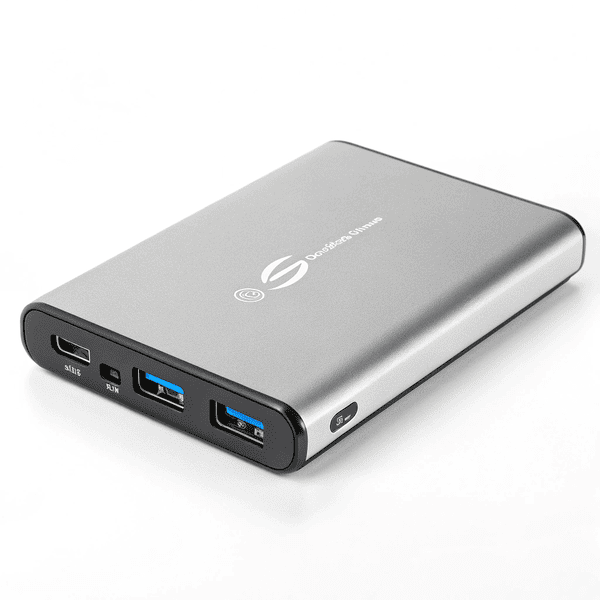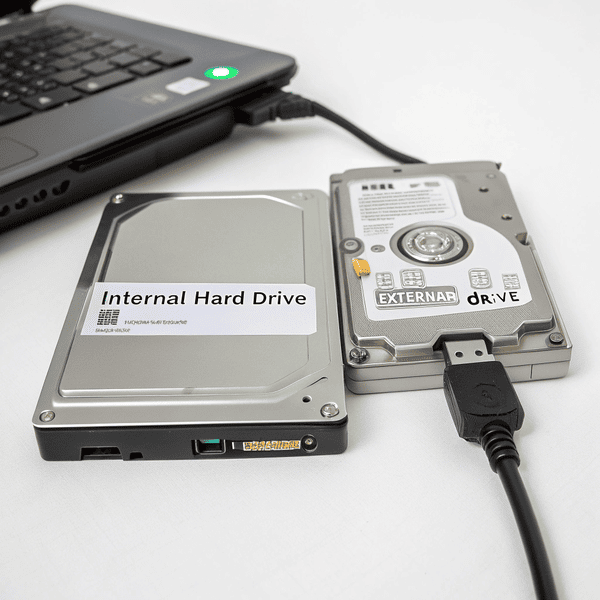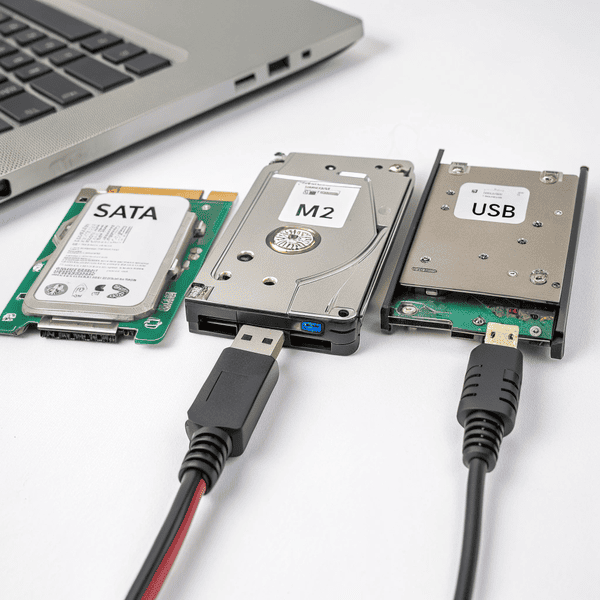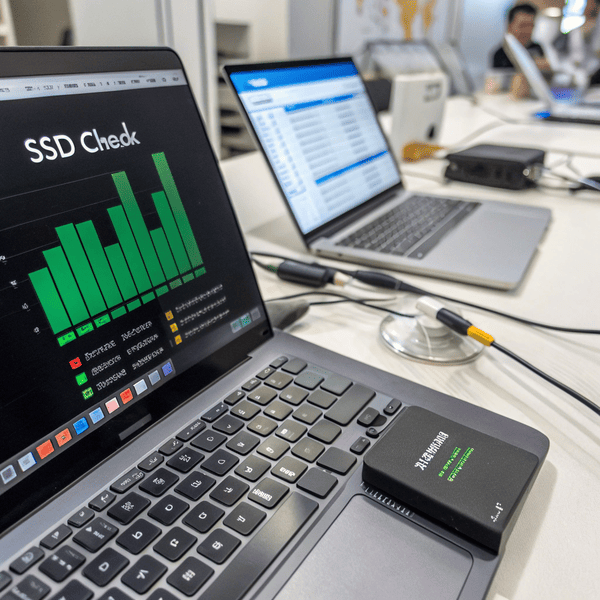It can feel risky to rely on a small, portable device to hold your important work. I’ve felt that worry when using It can feel risky to rely on a small, portable device[^1] to hold your important work. I’ve felt that worry when using external SSDs for client projects.
[^1]: Check out this resource to learn about selecting the right portable device that meets your storage needs and keeps your data secure.
for client projects.
An external SSD is not a bad idea for most uses. It offers fast speed and convenience, but it does have some risks like physical damage, cost, and possible data loss if not handled well.
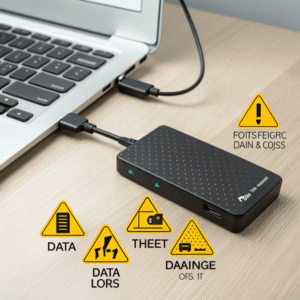
It’s normal to wonder if something so small and light could let you down at a critical moment. I keep hearing stories about both good and bad experiences with external SSDs. Let’s break down the real disadvantages, how they fit your needs, and whether they last.
What are the disadvantages of external SSD?
Everyone talks about speed and durability, but few mention the Everyone talks about speed and durability[^1], but few mention the downsides of external SSDs. I learned about these the hard way with my first purchase.
[^1]: Exploring this comparison will give you insights into the performance and reliability of external SSDs.
s. I learned about these the hard way with my first purchase.
External SSDs cost more than hard disks, can be damaged by drops or water, and may be harder to recover data from if they fail suddenly.

When I started using external SSDs in my workflow, I liked the fast speeds and small size. But problems started to show up during travel and presentations. Here are the main drawbacks I now watch for:
Main Disadvantages of External SSDs
| Disadvantage | Why It Matters | Typical Impact |
|---|---|---|
| Higher Cost | SSDs are usually more expensive than HDDs | Less affordable for backups |
| Physical Damage | Small drives are easy to drop or lose | Sudden failure, data loss |
| Data Recovery Issues | SSDs can fail without warning, hard to recover files | Expensive, sometimes impossible |
| Limited Lifespan | Writes to SSDs wear out cells faster than HDD | May fail sooner, depends on use |
| Compatibility | Some old systems won’t support fast SSD connections | Slower speeds, setup problems |
The cost and difficulty The cost and difficulty recovering lost data are my biggest concerns. I keep a second copy of critical files[^1] somewhere safe to avoid heartbreak if one SSD dies.
[^1]: This resource highlights the significance of backing up critical files, helping you understand how to protect your data from loss.
are my biggest concerns. I keep a second copy of critical files somewhere safe to avoid heartbreak if one SSD dies.
Is it worth getting an external SSD?
Anyone who works with large files wonders if it’s worth spending more money on an external SSD. I did, especially after struggling with Anyone who works with large files wonders if it’s worth spending more money on an external SSD[^1]. I did, especially after struggling with slow hard drives.
[^1]: Explore this link to understand how an external SSD can significantly improve your file transfer speeds and overall productivity.
.
It’s worth getting an external SSD for fast data transfer, reliable performance, and portability, especially if you need to move or back up big files often.
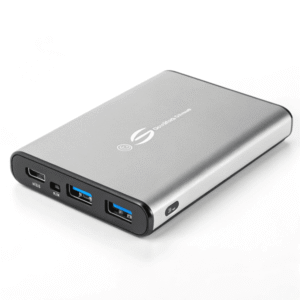
I remember when I had to transfer a huge presentation during a tight deadline. My old hard drive took an hour. The external SSD did the job in five minutes and saved my meeting. That speed and reliability made the investment worthwhile. Here’s what makes external SSDs a smart choice for some people:
Why Choose an External SSD
| Use Case | Benefit | SSD Advantage |
|---|---|---|
| Project Backup | Safe, fast storage | Quick saves, less waiting |
| Large Transfers | Move files quickly | No bottlenecks, plug-and-play |
| Frequent Travel | Carry big data easily | Lightweight, less hassle |
| Creative Work | Edit straight on drive | Real-time access, no lag |
If your work depends on moving files often, or you need access on both home and office computers, an SSD saves hours of waiting and reduces risk of mechanical failure.
What is the lifespan of an external SSD drive?
Any external drive eventually wears out, so it’s smart to consider how long anAny external drive[^1] eventually wears out, so it’s smart to consider how long an external SSD will last before buying.
[^1]: Exploring the lifespan of external drives can guide you in choosing the right storage solution for your needs.
will last before buying.
A typical external SSD lasts 5–10 years under normal use. Lifespan depends on quality, amount of data written, and physical handling.
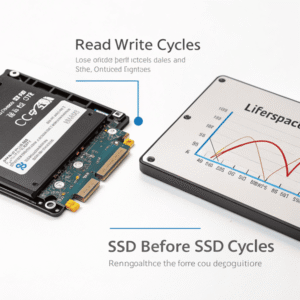
I’ve owned SSDs that still work after many years, but I’ve also seen some fail suddenly. Here is what I consider before trusting my data to one:
Factors That Affect SSD Lifespan
| Factor | How It Influences Lifespan | Typical Range |
|---|---|---|
| Write Cycles | More writes wear out storage cells faster | 5–10 years (normal use) |
| Physical Care | Drops, water, heat can shorten life | Can fail after one accident |
| Quality | Premium brands last longer | Cheaper brands may die earlier |
| Usage Type | Large, frequent data transfers wear out faster | Light use lasts much longer |
Most SSDs offer clear “TBW” (terabytes written) specifications. Modern drives are reliable for many years if they’re not abused. I always keep two copies of important files, because even the best drives will eventually wear out.
Conclusion
External SSDs aren’t a bad idea if you need speed and portability. Watch for the downsides, handle with care, and always keep backups for peace of mind.

